Key components and features of orthopedic external fixation using ring types include:
Circular Rings: The central feature of the ring-type external fixation system is the use of circular rings. These rings are typically made of durable materials such as stainless steel or aluminum and are securely attached to the bone or bones using pins or wires.
Pins or Wires: The rings are connected to the bone through the use of pins or wires, which are inserted through the skin and into the bone. These pins or wires create a stable framework that holds the rings in place and provides the necessary support for the affected limb.
Modular Structure: The ring-type external fixation system is modular, allowing orthopedic surgeons to customize the external frame based on the specific needs of the patient. The modularity enables adaptability to different orthopedic conditions and treatment requirements.
Adjustability: One of the advantages of external fixation systems, including the ring type, is their adjustability. Orthopedic surgeons can make real-time adjustments to the frame to achieve the desired alignment or accommodate changes in the healing process.
Versatility: The ring-type external fixation system is versatile and can be utilized in various orthopedic applications, including fractures, correction of deformities, limb lengthening procedures, and stabilization of complex injuries.
Minimally Invasive: External fixation is considered a minimally invasive technique compared to some internal fixation methods. It reduces the need for extensive incisions and provides a less invasive option for stabilizing fractures or correcting deformities.
Soft Tissue Preservation: The external nature of the fixation system minimizes disruption to the soft tissues surrounding the injured area. This can contribute to improved soft tissue healing and reduced risk of infection.
Postoperative Monitoring: External fixation allows for better postoperative monitoring of the affected limb. Healthcare providers can easily assess the healing process, manage complications, and make necessary adjustments to the external frame.
Preservation of Joint Mobility: Depending on the specific application, ring-type external fixation systems aim to preserve joint mobility during the healing process. This is particularly important for fractures near joints or in cases where early mobilization is beneficial.
Gradual Correction: In cases of deformities or limb length discrepancies, the ring-type external fixation system allows for gradual correction over time. This gradual correction minimizes the risk of complications associated with rapid changes in bone alignment.

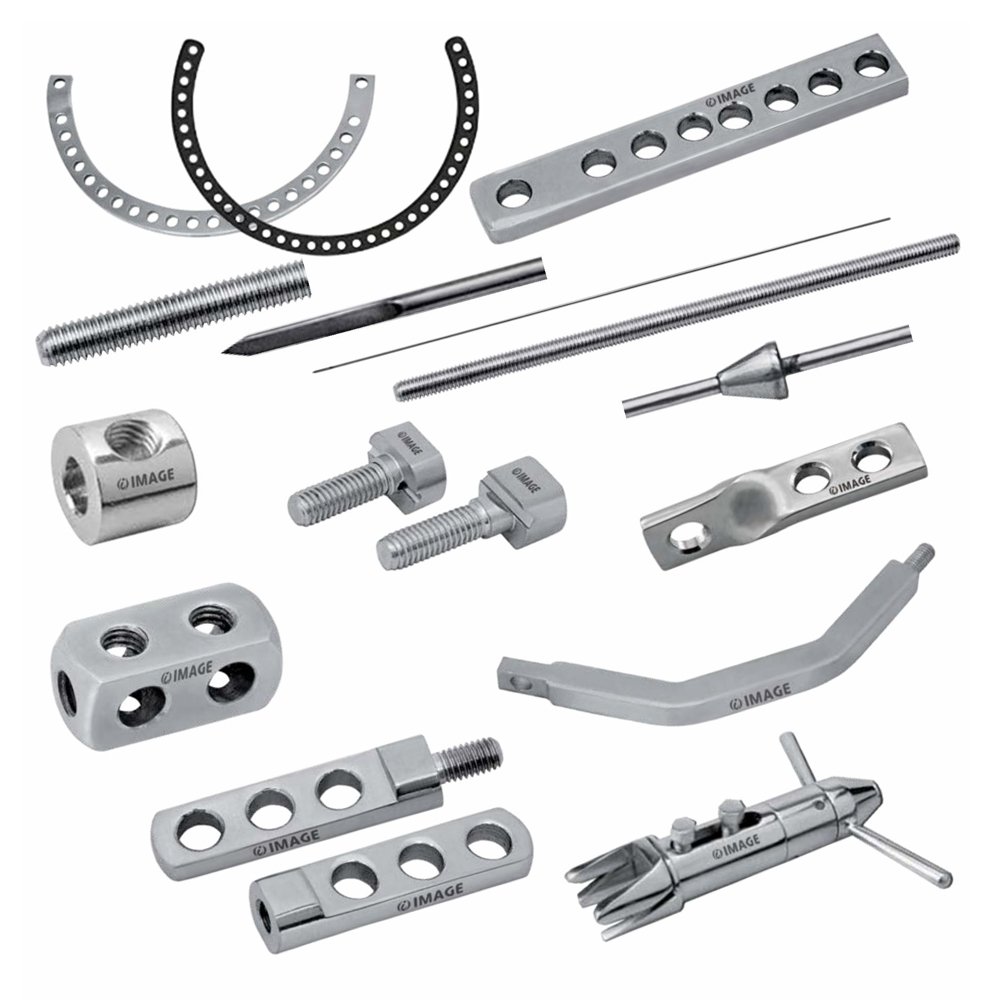
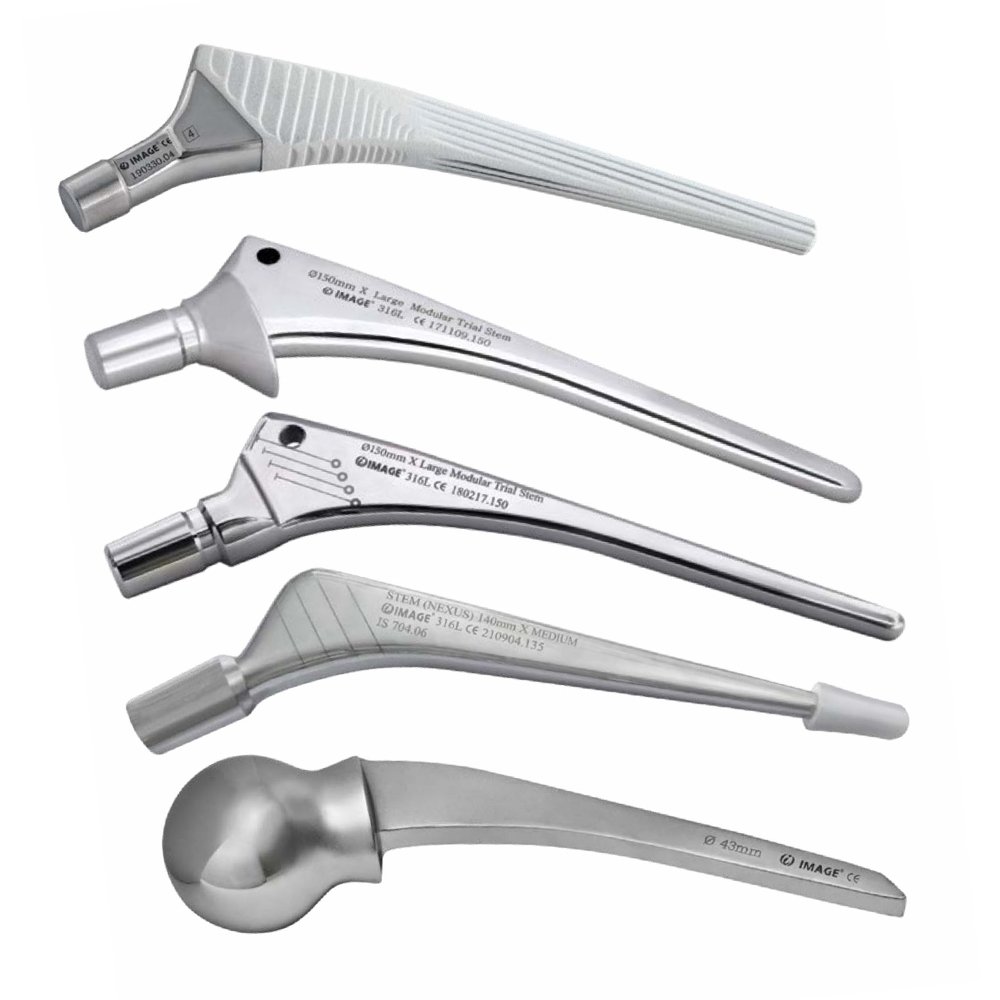
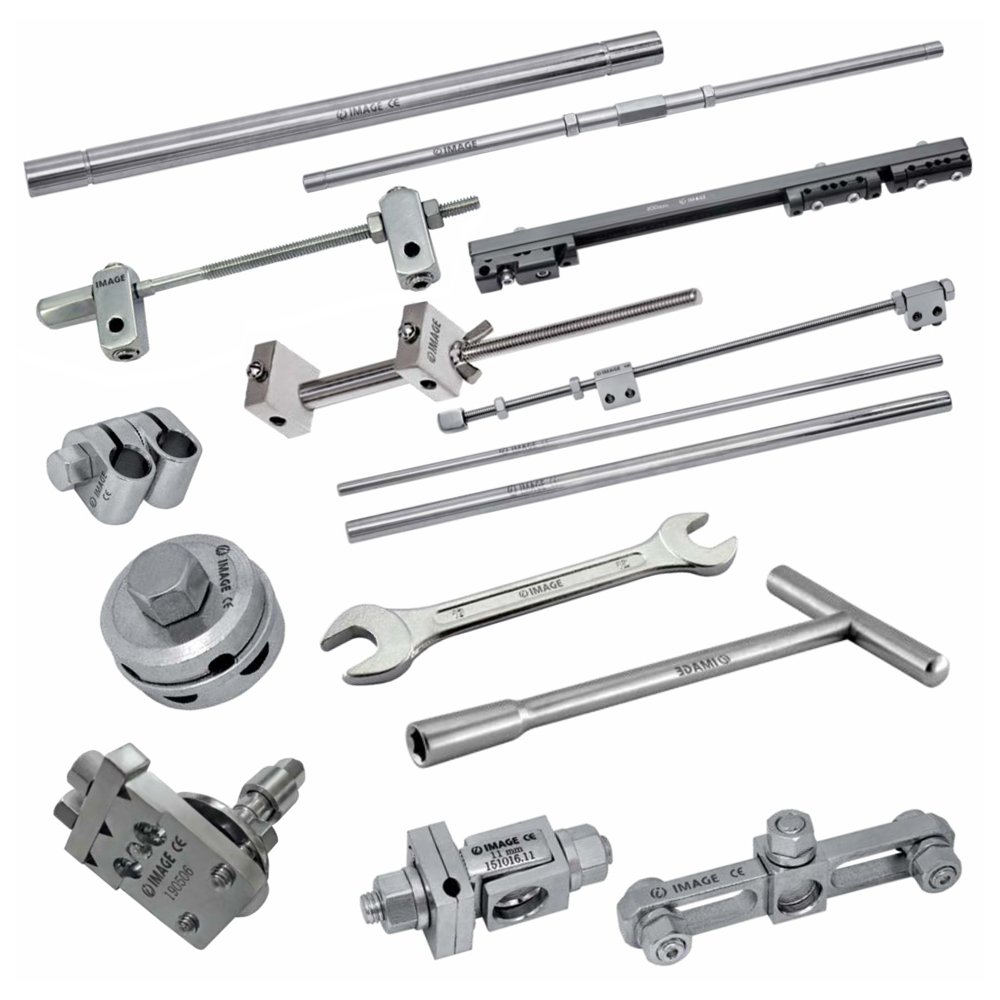
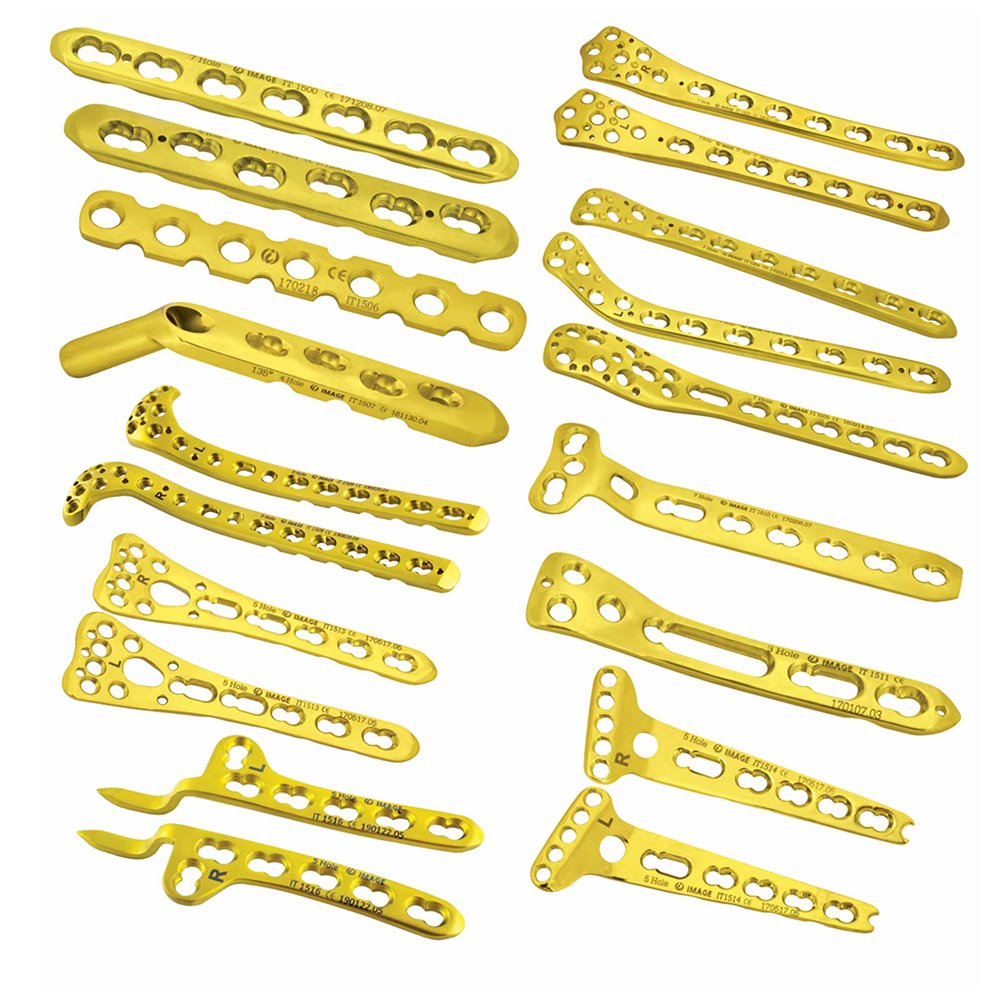
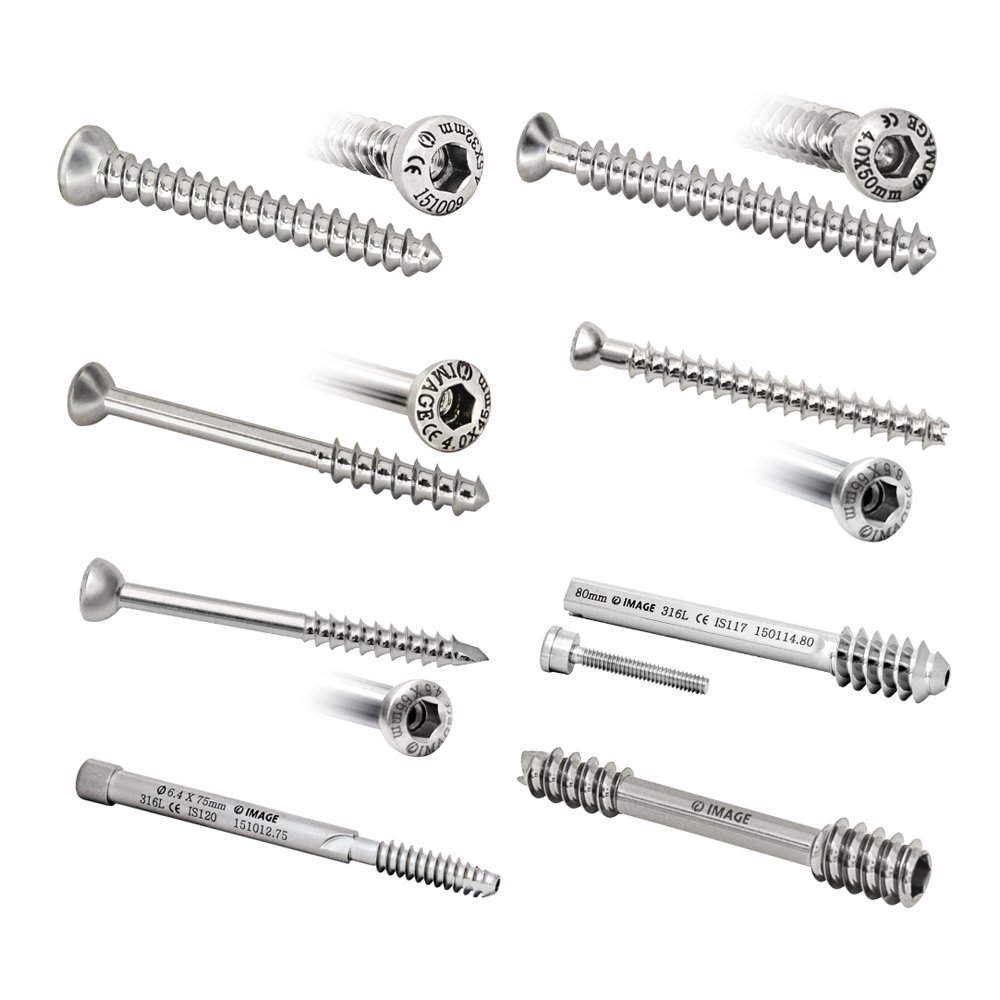
Reviews
There are no reviews yet.